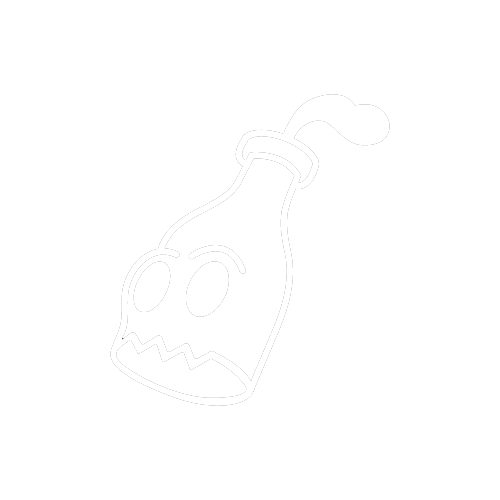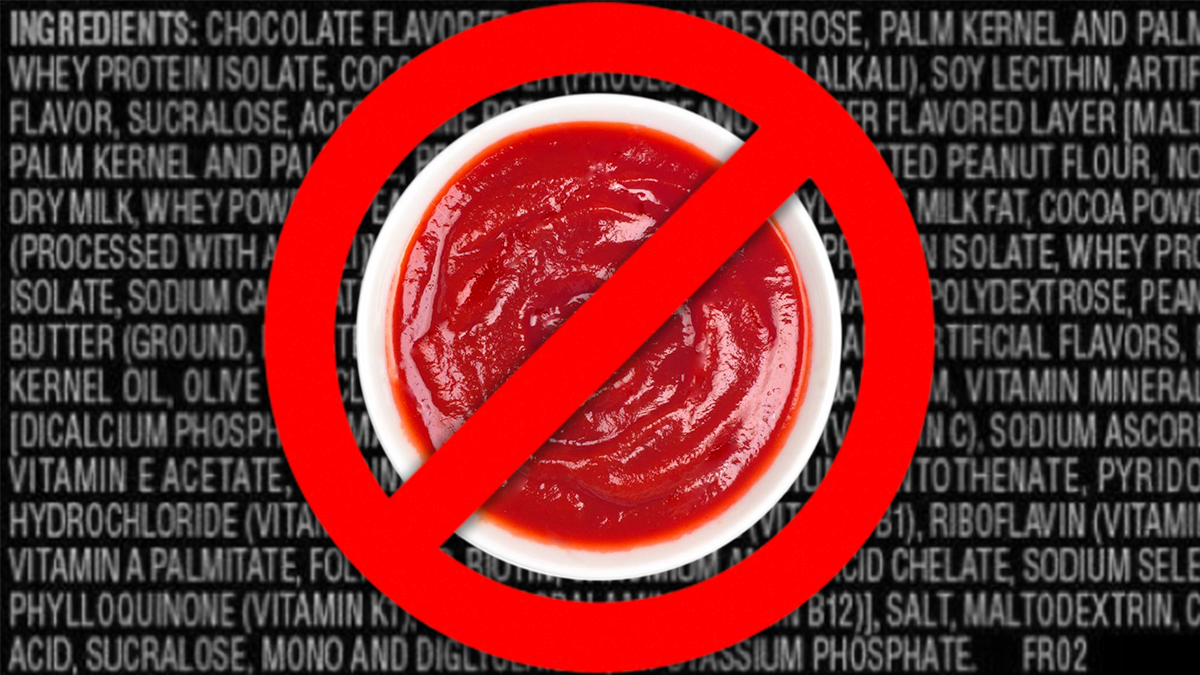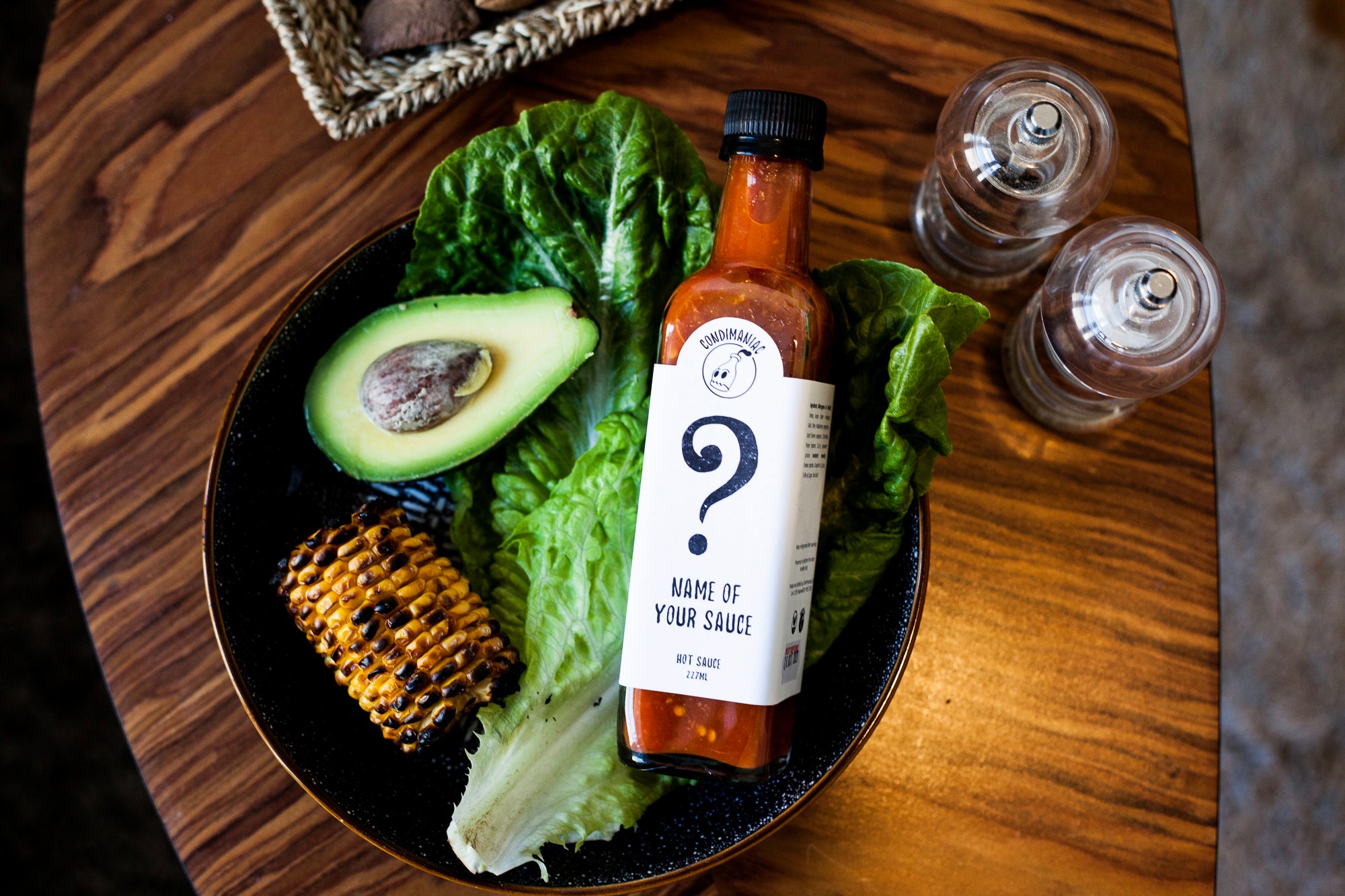Most of the sauces, spices and seasonings available to you at the supermarket are mass-produced. They come off huge production lines and to maintain efficiency and profits, the manufacturers have cut corners wherever they can. Naturally, this means that the quality sometimes suffers.
Now don’t get me wrong, just like a dirty kebab at 3am after a night at the pub there’s a time and a place for crap sauce. Sometimes I even prefer it, it scratches an itch... but what if you want to treat yourself? What things should a consumer consider when picking out artisan sauces or seasonings?
Here’s a few red flags to look out for when you’re skimming those ingredients. So that next time you’re in the supermarket or shopping online you can make the best choice.
They use preservatives or artificial thickeners
All foodstuff has a shelf life. As a business if you can increase that shelf life, you’re reducing the risk that you’ll be lumbered with stock that you can’t shift. For this reason lots of big businesses use gelling, thickening and preserving agents to make their products more palatable or longer lasting. These additives can sometimes be shown as ‘E-numbers’:
- E100s are generally colours.
- E200 to E282 are mainly preservatives and acids.
- E300 to E341 are mainly antioxidants and acid regulators.
- E400s include emulsifiers, stabilisers, thickeners, anti-caking agents, release agents and bulking agents.
Whilst thickening agents such as xanthan gum are derived from natural products like plants, the presence of them can indicate that the manufacturer has been cutting corners, rather than perfecting a recipe over time (though to be fair, some people just use them as they genuinely like the texture they provide). For more info check out this helpful article on the science and ethics behind food stabilisers
Water is high on the ingredients list
Water is much cheaper than say, tomatoes and is really good for making a batch go further. So watch out, if water is high on the list the chances are the manufacturer has had to make up for that dilution by adding more additives like sugar and flavourings.
Water occurs naturally in most fruit and veg, so if you get the balance of ingredients right, you should always be able to create a condiment without adding water.
They are extremely high in sugar or salt
Now there’s no question that sugar and salt make stuff taste good. Sugar can be great for balancing other flavours and salt itself is a flavour enhancer. It’s for this very reason though that extremely high levels of either of these can sometimes be a sign that the maker is trying to mask a lack of quality ingredients.
Take our Kyubi hot sauce for example. Using East-Asian flavours, this is based on a classic sweet and sour sauce, the recipe calls for lots of sugar and we add it in liberally.
This sauce, with a base of pineapple and added sugar syrup, clocks in at 15g of sugar per 100g. By comparison standard Heinz ketchup has 22g of sugar per 100g! That’s 4g per tablespoon. Now we all love a bit of Heinz, but in my mind it’s definitely not the bastion of good quality and it’s not even supposed to be a sweet and sour sauce.
Hopefully these simple signs of quality can help you guys the next time you’re perusing the aisles for something new and exciting. We believe very strongly that if you’re going to cover your food in it, your sauce and seasonings need to be top notch.
If you ever have an ideas other topics you’d like us to cover in these blogs, please feel free to drop us an email.
Cheers,
Kier




Leave a comment
All comments are moderated before being published.
This site is protected by hCaptcha and the hCaptcha Privacy Policy and Terms of Service apply.